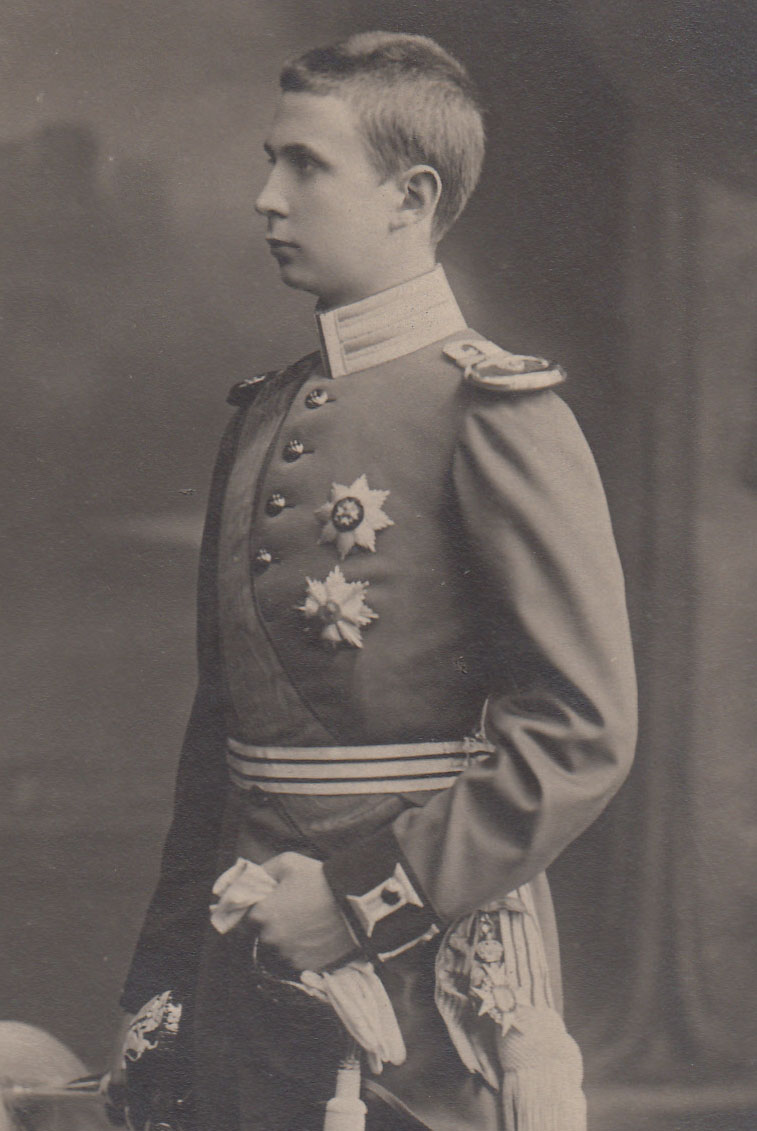by Scott Mehl
© Unofficial Royalty 2023

The Coronation Chair (without the Stone of Scone), 2023. photo: By Darkmaterial – Own work, CC BY-SA 4.0, https://commons.wikimedia.org/w/index.php?curid=127657004
The Coronation Chair
The Coronation Chair (also known as St. Edward’s Chair) was commissioned by King Edward I in 1296 to hold the Stone of Scone, which he had seized from Scotland during the First Scottish War of Independence. It was first used for the Coronation of King Edward II and 1308, and has been used for the coronation of every English and British Sovereign since, with one exception. At the joint Coronation of King William III and Queen Mary II in 1689, King William was crowned in the Coronation Chair, while Queen Mary was crowned in a copy of the chair, made specifically for the occasion. (Queen Mary II’s Chair is also displayed at the Abbey, in the Queen’s Diamond Jubilee Galleries.)
Traditionally, the Sovereign only uses the chair once – during their Coronation. However, there has been at least one exception. At a service celebrating her Golden Jubilee in 1887, Queen Victoria was once again seated in the Coronation Chair. For the occasion, the chair was given a dark coat of varnish, which was later painstakingly removed.
Originally, the Chair was gilded, painted and inlaid with glass mosaics, but today only small traces of those details remain. For many years, the Chair was kept in St. Edward’s Shrine in Westminster Abbey, where people were able to see and touch it. Through the years, tourists have tried to take small pieces of the chair, and choirboys from the Abbey often carved their initials and other graffiti into it. Much of that graffiti remains. Today, the Coronation Chair sits on a plinth – behind glass – in St. George’s Chapel, located in the nave of Westminster Abbey, where it is highly protected from being touched or damaged by the thousands of tourists who see it each year.
Through the years, it has undergone much preservation and restoration. A June 1914 bombing broke off part of the chair, which was quickly restored. From 2010-2012, the Chair underwent an extensive restoration, while in full-view of the public. And in 2023, it once again underwent an extensive restoration and conservation program in preparation for the Coronation of King Charles III.
The Coronation Chair has only left Westminster Abbey twice in its long history. The first time – in December 1653 – it was taken to Westminster Hall for the ceremony inducting Oliver Cromwell as Lord Protector. The second time – in August 1939 – it was taken to Gloucester Cathedral for the duration of World War II. (Queen Mary II’s Coronation Chair was taken to Winchester Cathedral.)
The Stone of Scone
The Stone of Scone – also known as the Scone of Destiny – is a large block of red sandstone, weighing about 335 pounds, which was used for centuries in the coronation ceremonies of the Sovereigns of Scotland. Its history is steeped in legend. One claims the stone is Stone of Jacob – on which Jacob rested his head (Genesis 28:10-22). Another has its origins in Ireland, from where it was brought to Scotland by Fergus I – the first King of the Scots. However, geological studies have proven the stone was quarried in the area of Scone, challenging many of the legends. What is known is that the Stone was brought to Scone Abbey in 841 and was used for Scottish coronations for hundreds of years.
During the First War of Independence in 1296, the Stone was seized by King Edward I of England, who brought the stone to Westminster Abbey. He then had the Coronation Chair made to house the stone. It has been used for every English and British coronation since at 1308.
During World War II, the Stone was hidden away in a buried vault beneath the Abbey, while the Coronation Chair was moved to Gloucester Cathedral. On Christmas Day 1950, a group of Scottish Nationalists stole the Stone from its display in the Abbey. It was recovered 4 months later, and returned to the Abbey, being locked away in the WWII vault. It returned to the Coronation Chair in February 1952, after extensive security measures had been put in place to ensure its safety.
In 1996, British Prime Minister John Major announced that the Stone of Scone would be returned to Scotland to be displayed at Edinburgh Castle, with the provision that it would return to the Abbey for future coronations. On November 13, 1996, the Stone was removed from the Coronation Chair and placed in the Lantern of the Abbey. The following morning – under heavy police escort – the Stone of Scone made its journey back to Scotland. An official handover ceremony was held at Edinburgh Castle on November 30, 1996. The Duke of York represented Queen Elizabeth II at the ceremony, personally handing over the Royal Warrant which transferred the stone to the Commissioners for the Regalia. In 2020, it was announced that the Stone of Scone will be moved to the new Perth Museum, set in the former Perth City Hall, which is slated to open in 2024.
This article is the intellectual property of Unofficial Royalty and is NOT TO BE COPIED, EDITED, OR POSTED IN ANY FORM ON ANOTHER WEBSITE under any circumstances. It is permissible to use a link that directs to Unofficial Royalty.












